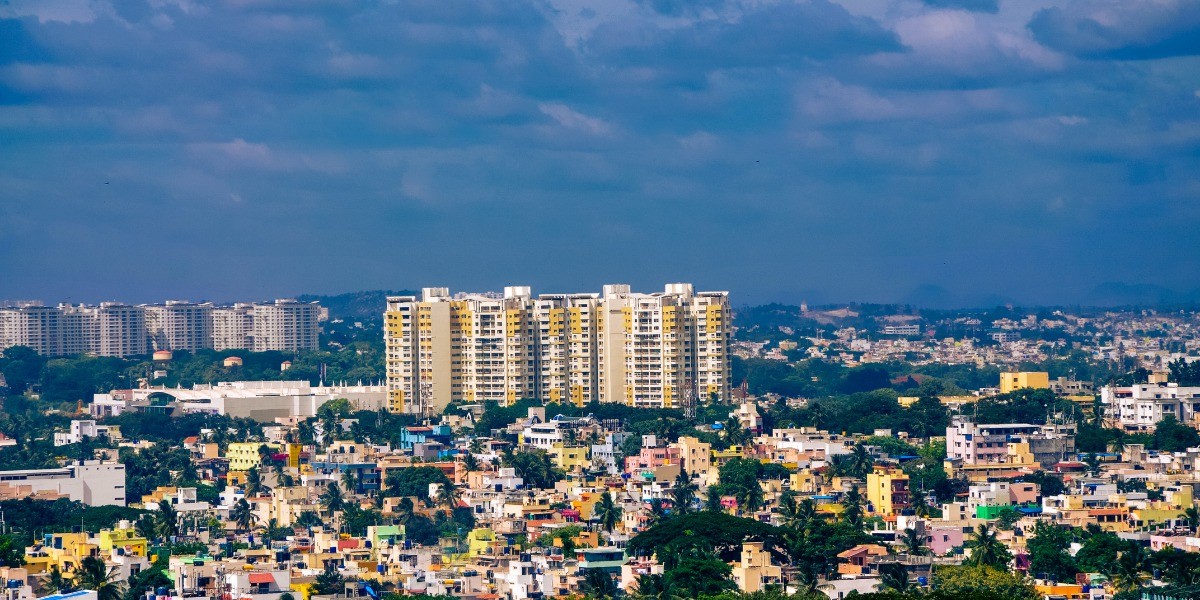Stamp Duty & Registration Charges: A Complete Guide for Homebuyers
Learn everything about stamp duty and registration charges in India. This guide explains how they’re calculated, why they matter, and smart tips to save money during your property purchase.
Buying a property is one of the biggest financial decisions in life. While the price of the property itself takes center stage, many first-time buyers often overlook the additional costs involved—particularly stamp duty and registration charges. These are government levies that legalize your property purchase and make it officially yours.
In this guide, we’ll break down what stamp duty and registration charges are, how they’re calculated, and key tips to help you plan better.
What is Stamp Duty?
Stamp duty is a tax imposed by the state government on property transactions. It serves as legal proof of the transaction and is essential for the document to be legally valid in court. In short, you can’t claim ownership of your new home without paying stamp duty.
What is a Registration Charge?
While stamp duty is a tax, registration charges are fees you pay to get the transaction officially recorded in the government’s records. This is usually done at the local sub-registrar’s office. Once registered, the property is legally in your name.
How Are These Charges Calculated?
Both charges vary depending on:
- State laws
- Property value
- Buyer’s gender (in some states, women pay less stamp duty)
- Type of property (residential/commercial)
- Age of the buyer (senior citizens may get concessions)
Stamp Duty & Registration Charges in India (2025)
| State/UT | Stamp Duty (Men) | Stamp Duty (Women) | Registration Charges | Stamp Duty Based On | Payment Responsibility |
| Karnataka | 5% (Urban), 3% (<₹35L) | 5% (No gender concession) | 1% | Property value or guidance value, whichever is higher | Buyer |
| Maharashtra | 6% (Mumbai), 5% (Rest) | 5% (Mumbai), 4% (Rest) | 1% | Market or agreement value, whichever is higher | Buyer |
| Delhi (NCT) | 6% | 4% | 1% | Circle rate or transaction value | Buyer |
| Tamil Nadu | 7% | 7% | 1% | Guideline value or sale price | Buyer |
| Telangana | 5% | 5% | 0.5% | Market value or consideration amount | Buyer |
| Andhra Pradesh | 5% | 5% | 1% | Market value | Buyer |
| Uttar Pradesh | 7% | 6% | 1% | Circle rate or market value | Buyer |
| West Bengal | 5-6% (based on location) | 4-5% | 1% | Property price or guidance value | Buyer |
| Gujarat | 4.9% | 4.9% | 1% | Sale deed value | Buyer |
| Haryana | 7% (Urban), 5% (Rural) | 5% (Urban), 3% (Rural) | 1% | Circle rate or agreement value | Buyer |
| Rajasthan | 6% | 5% | 1% | Market or guidance value | Buyer |
| Kerala | 8% | 8% | 2% | Property value | Buyer |
Key Notes:
- Stamp Duty is a state-imposed tax and varies across states.
- Women buyers often get concessions to encourage property ownership among women.
- Registration Charges are usually a fixed percentage of the property value.
- Some states charge additional cess or surcharges on top of the base stamp duty.
- Rates can differ for urban vs. rural areas, and in some cases, for joint ownership with women.
Why Are These Charges Important?
- Legal Ownership: Only after paying these charges is the property legally transferred to your name.
- Avoid Legal Disputes: Without proper registration, ownership can be challenged.
- Loan Processing: Banks require registered documents to process home loans.
- Resale Value: A registered property is easier to resell in the future.
Tips to Save on Stamp Duty & Registration
- Joint Ownership with Women: Many states offer reduced stamp duty rates for women buyers. Registering the property jointly with a female family member could save you money.
- Choose the Right Time: Some states offer limited-time rebates during festive seasons.
- Consult a Legal Expert: Ensure your property documents are properly verified and your payments are accurately calculated.
- Online Payment: Some states offer a rebate for stamp duty if paid online.
Documents Required for Registration
- Sale deed (on stamp paper)
- Proof of identity (Aadhaar, PAN)
- Proof of ownership (seller)
- Property card or EC (Encumbrance Certificate)
- Passport-size photographs of buyer and seller
- Demand draft or proof of payment for charges
Key Takeaways
- Stamp duty and registration are mandatory legal expenses during property purchase.
- Rates vary by state and depend on factors like property value and buyer profile.
- Plan for an additional 6–8% of your property cost to cover these charges.
- Proper registration ensures legal ownership, helps in securing loans, and protects your investment.
Final Word
At Ceyone, we believe that every step toward owning your dream home should be informed and secure. While these charges may seem like just another financial burden, they’re crucial in ensuring your property transaction is secure and recognized by law. Before you close the deal, make sure these essentials are accounted for—because real peace of mind starts with paperwork that truly makes it yours.













